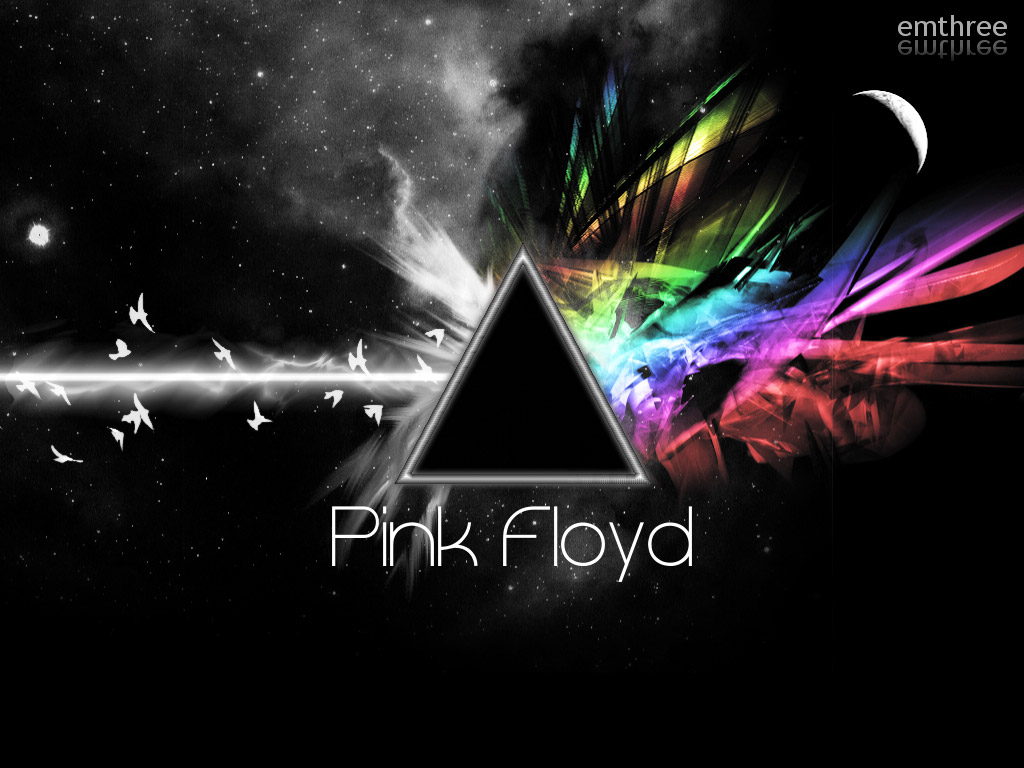

The Mystery Behind Pink Floyd's "The Dark Side Of The Moon" And "The Wizard Of Oz"
Did you know that a theory claims Pink Floyd's 1973 album, "The Dark Side of the Moon," was created to sync perfectly with the classic film "The Wizard of Oz"? This captivating idea has intrigued music lovers and movie buffs alike for decades, creating a cultural phenomenon that has sparked endless discussions and debates. Since its inception in the 1990s, the synchronization theory has persisted, fueled by fans who claim to have experienced this uncanny alignment themselves.
The concept, often referred to as the "Dark Side of the Rainbow," suggests that if both the album and the film are played simultaneously, a remarkable harmony unfolds. Fans have shared their anecdotes and insights on various platforms, contributing to the ongoing fascination surrounding this theory. However, the reality is much more complex, and the claims have been met with skepticism from the very artists involved.
As we delve deeper into this topic, we will explore the origins of the theory, the testimonies of Pink Floyd members, and the cultural impact of this phenomenon on society. Join us as we uncover the truth behind this captivating story and determine whether there's any merit to the claims of synchronization between these two iconic works.
Understanding the Synchronization Theory
The synchronization theory posits that "The Dark Side of the Moon" was designed to align with "The Wizard of Oz," creating a seamless audio-visual experience. This theory gained traction in the early 1990s, when internet forums and social media began to proliferate, allowing fans to share their experiences and insights. Many enthusiasts claim that playing the album while watching the film creates an astonishingly coherent narrative.
Proponents of the theory suggest several specific moments in the film that align perfectly with the album's lyrics and musical transitions. For instance, during the song "Time," the lyrics "no one told you when to run" coincide with a pivotal moment in the film when Dorothy makes a life-changing decision. Such coincidences have led many to believe that there must be an intentional design behind the album's timing.
The Origins of the Theory
The concept of synchronizing "The Dark Side of the Moon" with "The Wizard of Oz" can be traced back to a 1995 article by Charles Savage in The Fort Wayne Journal Gazette. Savage suggested that viewers watch the film while listening to the album, crediting an early online message board post as the initial idea. This sparked widespread interest, leading to a myriad of discussions and analyses on the topic.
As the theory took off, various media outlets began exploring the connections between the music and the film, further embedding the notion in popular culture. Reports emerged from fans who claimed to have experienced the synchronization firsthand, which only fueled the fire of this captivating theory.
Responses from Pink Floyd Members
Despite the widespread fascination, members of Pink Floyd have consistently dismissed the synchronization theory. Guitarist David Gilmour famously remarked that the idea was a product of "some guy with too much time on his hands." In a 1997 MTV interview, sound engineer Alan Parsons explained that the technology to achieve such synchronization did not even exist at the time of the album's production.
Furthermore, drummer Nick Mason jokingly stated that the theory was "absolute nonsense" and had nothing to do with "The Wizard of Oz." In a more recent interview on The Joe Rogan Experience, bassist Roger Waters referred to the synchronization claim as "bulls***," reiterating that there was no deliberate intent behind the supposed alignment.
The Cultural Impact of the "Dark Side of the Rainbow"
The "Dark Side of the Rainbow" phenomenon has left a substantial mark on popular culture, inspiring countless enthusiasts to create dedicated YouTube videos, articles, and artworks. Various platforms showcase fan experiences, documenting moments of supposed synchronization and fueling ongoing discussions about the theory's validity.
Moreover, publications like Mojo4Music and The New York Times have delved into the origins and enduring appeal of this phenomenon, analyzing its significance in the broader context of music and film. The legacy of "Dark Side of the Rainbow" continues to captivate audiences, reinforcing its place in the cultural zeitgeist.
The Balance of Coincidence and Design
While the theory may be enticing, it is crucial to recognize that the claims of synchronization largely stem from coincidence rather than a deliberate design. The lack of concrete evidence and the consistent denials from Pink Floyd members suggest that the phenomenon is more about the human tendency to find patterns and connections than any intentional effort by the band.
As we explore this narrative, it is essential to appreciate the creativity and imagination of fans who have embraced the theory. Their passion for both Pink Floyd's music and "The Wizard of Oz" has resulted in a cultural phenomenon that transcends traditional boundaries, inspiring artistic interpretations and community discussions.
Final Thoughts on the "Dark Side of the Rainbow"
In summary, the theory that Pink Floyd's "The Dark Side of the Moon" was created to synchronize with "The Wizard of Oz" has sparked significant interest and debate over the years. While the idea may be captivating, the available evidence suggests that it is a product of coincidence rather than deliberate design.
As we continue to engage with this phenomenon, it is essential to acknowledge the power of art and the ways in which it can inspire curiosity and creativity. Regardless of the truth behind the synchronization theory, the enduring legacy of both Pink Floyd and "The Wizard of Oz" remains a testament to the impact of music and film on our collective imagination.
Unraveling The Myth: The Tale Of The Charred Scuba Diver In A Tree
Understanding Weather Forecast Percentages: What They Really Mean
Exploring The Haunting Remains Of An Abandoned Walmart: A Journey With Triangle Of Mass



